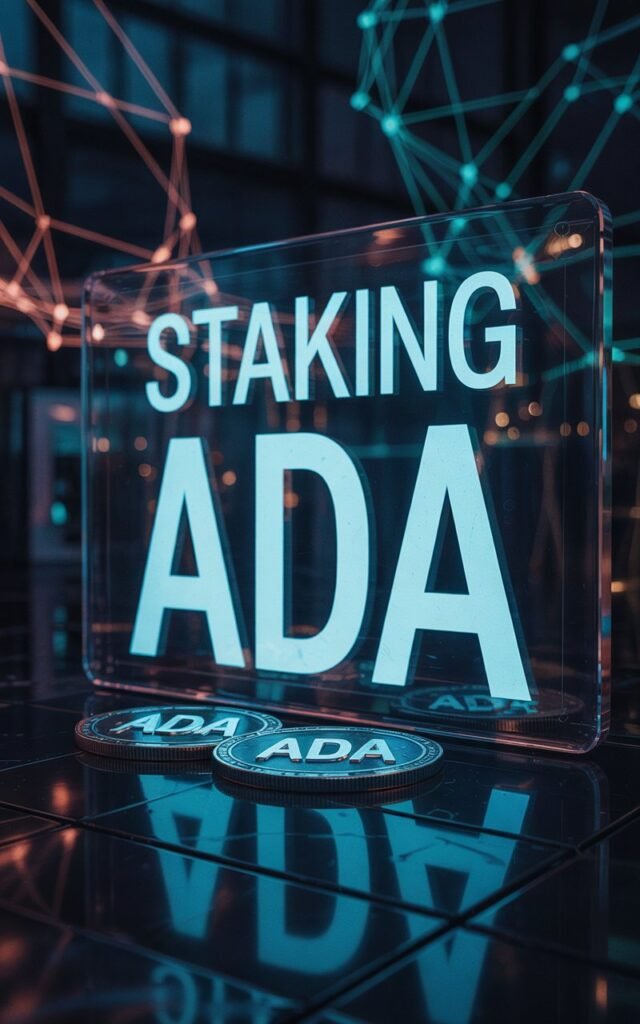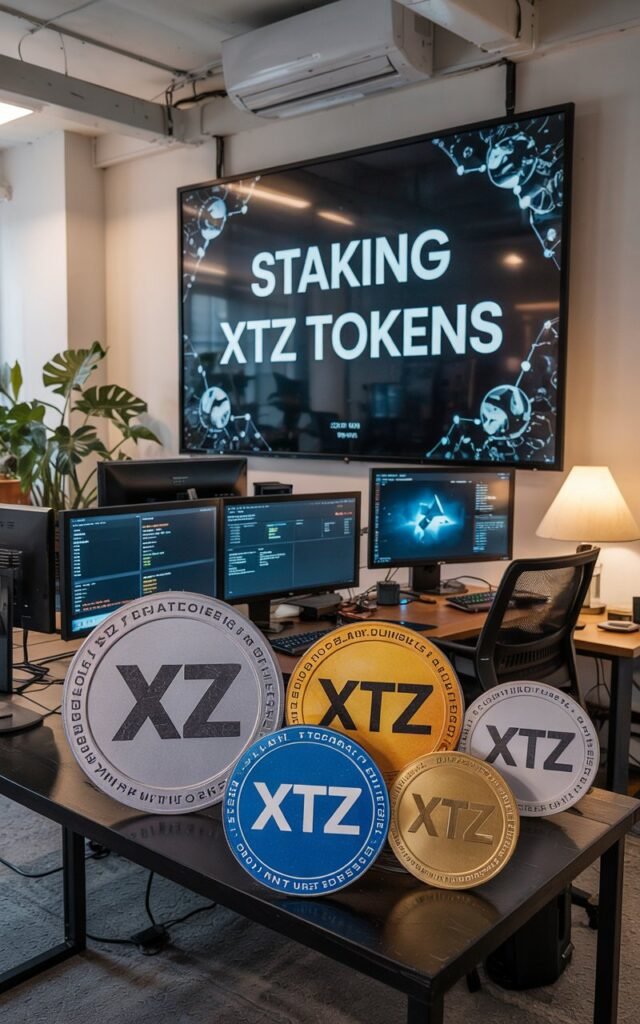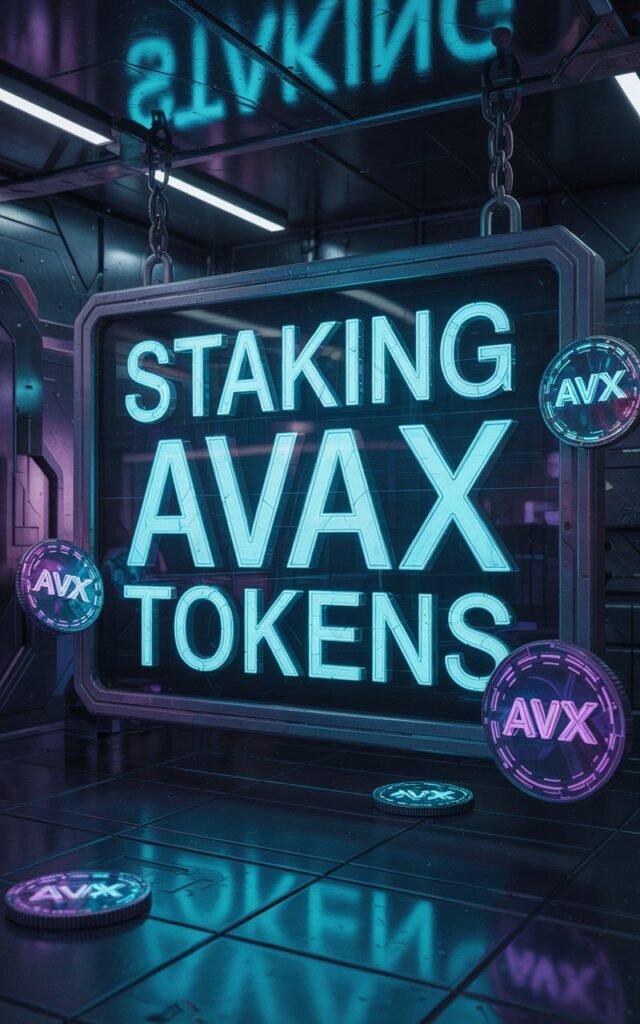In 2025, cryptocurrency staking has solidified its position as a viable method for investors to earn passive income, even amidst market volatility.
Staking involves participating in a blockchain network by locking up a certain amount of cryptocurrency, thereby supporting network operations like transaction validation.
In return, participants receive rewards, typically in the form of additional tokens. This process not only provides investors with a steady income stream but also contributes to the security and efficiency of blockchain ecosystems.

The Growth of Staking in 2025

The global staking market has experienced significant growth, with projections indicating it will reach $43.8 billion by 2025, growing at a compound annual growth rate (CAGR) of 38.4%.
This surge is attributed to the increasing adoption of Proof of Stake (PoS) consensus algorithms, with over 30% of all cryptocurrencies now utilizing PoS mechanisms.
(PoS) offers an energy-efficient alternative to the traditional Proof of Work (PoW) system, making it more appealing to environmentally conscious investors and developers.
Staking as a Hedge Against Market Downturns

One of the compelling aspects of staking is its potential to provide stable returns, even during market downturns. Unlike trading, which relies on price appreciation,
staking generates income through participation in network activities. This means that even if the market experiences a downturn, stakers continue to earn rewards, offering a buffer against price volatility.
However, it’s essential to note that while staking rewards can provide a steady income, the value of the staked assets themselves can still be subject to market fluctuations.
Top Staking Cryptocurrencies for Stable Returns
Selecting the right cryptocurrency for staking is crucial to maximizing returns and minimizing risks. Here are some top staking cryptocurrencies known for providing stable returns, even in volatile market conditions:
Ethereum (ETH)

Ethereum transitioned to a PoS consensus mechanism with its Ethereum 2.0 upgrade, allowing users to stake their ETH and earn rewards. As the second-largest cryptocurrency by market capitalization,
Ethereum offers a robust and secure platform for staking. Staking ETH not only provides rewards but also supports the network’s scalability and sustainability efforts.
Solana (SOL)

Solana is known for its high-speed transactions and low fees, making it a popular choice for decentralized applications (dApps) and decentralized finance (DeFi) projects.
Staking SOL tokens can yield attractive rewards, and the network’s growing ecosystem adds to its appeal.
Cardano (ADA)

Cardano’s PoS mechanism, known as Ouroboros, is designed with a strong emphasis on security and sustainability. Staking ADA is accessible to a wide range of investors, and the network’s focus on research-driven development contributes to its stability and reliability.
Polkadot (DOT)

Polkadot enables interoperability between different blockchains, enhancing the overall utility of the network. Staking DOT tokens supports this interoperability and offers participants competitive rewards, reflecting the network’s innovative approach to blockchain connectivity.
Tezos (XTZ)

Tezos features a self-amending blockchain, allowing for seamless upgrades without hard forks. Staking XTZ, often referred to as “baking,” provides stable returns and contributes to the network’s adaptability and long-term viability.
Avalanche (AVAX)

Avalanche offers a highly scalable platform with fast transaction finality. Staking AVAX tokens supports the network’s consensus mechanism and can yield substantial rewards, reflecting its commitment to high performance and decentralization.
Cosmos (ATOM)

Cosmos aims to create an “Internet of Blockchains,” facilitating communication between separate blockchain networks. Staking ATOM tokens not only provides rewards but also plays a crucial role in securing the network and enabling its interoperability features.
Algorand (ALGO)

Algorand’s Pure Proof of Stake (PPoS) mechanism ensures quick and efficient consensus. Staking ALGO is straightforward and offers consistent rewards, making it an attractive option for investors seeking stability.
NEAR Protocol (NEAR)

NEAR Protocol focuses on usability and scalability, aiming to provide a developer-friendly platform. Staking NEAR tokens contributes to the network’s performance and offers participants reliable returns, reflecting its emphasis on user experience and innovation.
Harmony (ONE)

Harmony utilizes sharding to achieve high throughput and low latency. Staking ONE tokens supports the network’s scalability efforts and provides stakers with competitive rewards, highlighting its focus on speed and efficiency.
Considerations for Staking
While staking presents an opportunity for passive income, it’s essential to consider the following factors:
- Lock-Up Periods: Some staking protocols require tokens to be locked for a specific period, during which they cannot be transferred or sold. Understanding these terms is crucial for liquidity planning.
- Validator Selection: In networks where stakers delegate their tokens to validators, choosing a reliable and trustworthy validator is vital to ensure consistent rewards and network security.
- Network Inflation: Staking rewards can sometimes come from token inflation, which might affect the overall value of the tokens. It’s important to assess how inflation impacts net returns.
- Market Volatility: While staking provides rewards, the underlying asset’s value can still fluctuate. Investors should be prepared

FAQS.
1. What is crypto staking, and how does it work?
Crypto staking involves locking up digital assets to support blockchain operations and earn passive income in the form of rewards. It’s a way to participate in network security without needing expensive mining equipment.
2. Is staking safe during a market crash?
Staking provides steady rewards, but the value of staked assets can still fluctuate. Choosing stable and well-established cryptocurrencies can help mitigate risks.
3. Which cryptocurrencies offer the best staking rewards in 2025?
Top staking options include Ethereum (ETH), Solana (SOL), Cardano (ADA), Polkadot (DOT), and Avalanche (AVAX), known for stability and reliable returns.
4. Are there any risks involved in crypto staking?
Yes, risks include market volatility, lock-up periods restricting liquidity, and potential validator failures affecting reward payouts. Conduct thorough research before staking.
5. How do I start staking my crypto assets?
You can stake through centralized exchanges, staking pools, or by becoming a validator on PoS networks. Choose a method based on your investment size and technical expertise.











































